In 1992, astronomers looked towards pulsar PSR B1257+12. The radio emissions of pulsars usually have such a regular beat they’ve been called cosmic clocks.
But in this case, something was wrong. Every so often, the pulsar’s regular 6.22ms-long pulse would be ever so slightly off.
After careful study, astronomers Aleksander Wolszczan and Dale Frail realised the irregularities had their own rhythm.

The pattern was a perfect fit for what would happen if the pulsar’s precise timing was being upset by the gravitational pull of a pair of planets.
It was the first strong evidence of the presence of exoplanets in orbit around another star.
The discovery alone was a great achievement, but the real shock came when they worked out the size the planets would need to be to create the effect seen: four times the mass of Earth.
"It’s interesting, because in our Solar System we have this big gap," says Eliza Kempton, who researches exoplanets at the University of Maryland.
"We have the small rocky planets, we have the big gas giant planets, and we don’t have anything in between – we have this big gap between Neptune and Earth."
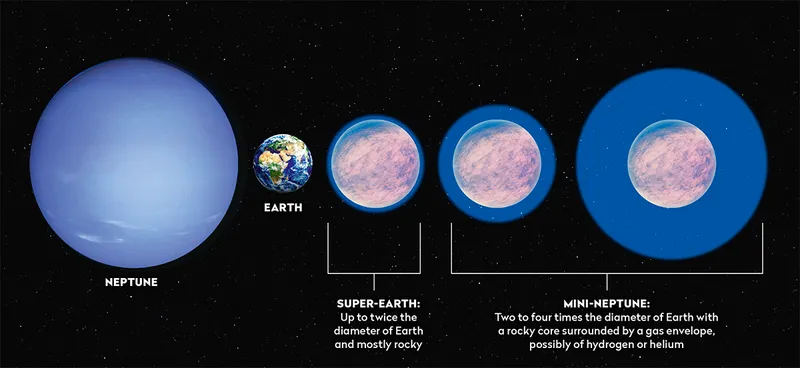
The gap between Neptune and Earth
With Neptune weighing in at 17 times the mass of Earth, that leaves a wide range of planetary masses unaccounted for.
Prior to the discovery of the planets around the pulsar, most theories of planet formation predicted this gap arose because it was impossible for anything to exist within the gap in the first place.
"Up until we found these planets," says Kempton, "our picture of how planets form naturally described our Solar System – you can form big gas giant planets, typically father away from their host star, and you can form small rocky planets closer."
These intermediate planets overturned these theories.
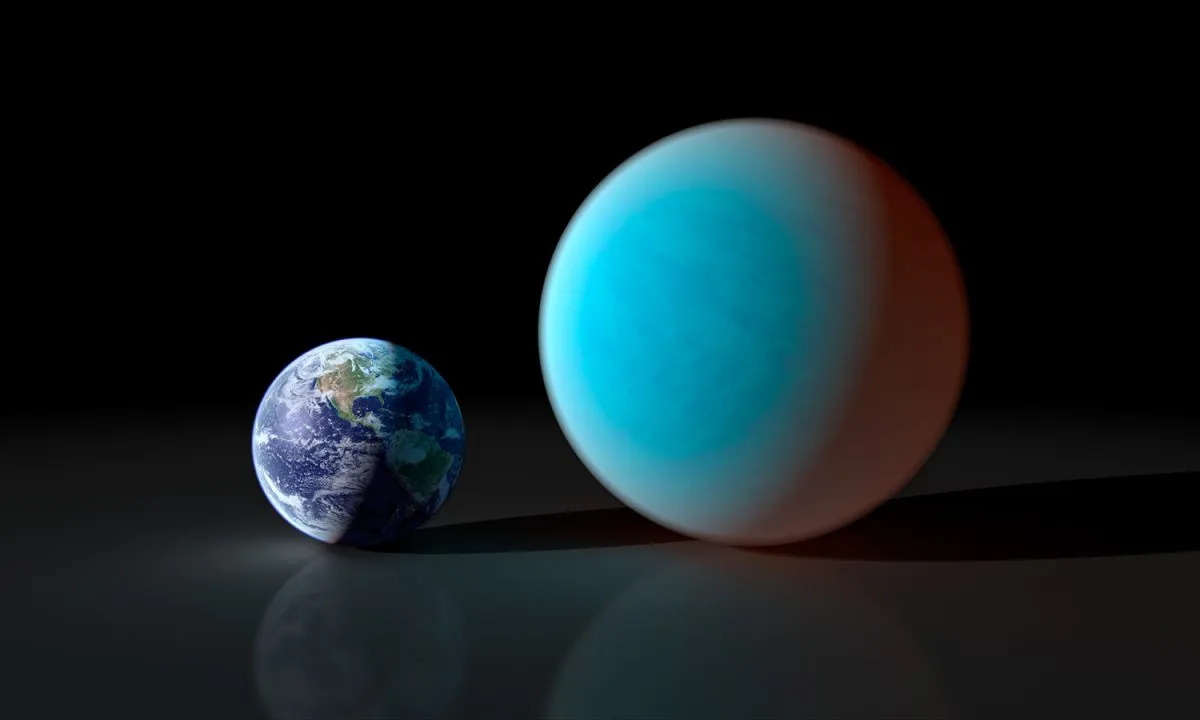
Exoplanet discoveries continue
As more exoplanets were found, it began to seem as though our Solar System was the exception rather than the rule.
In 2009, NASA’s Kepler Space Telescope mission began its hunt for new exoplanets, taking the number known from a few hundred to a few thousand.
When the mass measurements for these worlds came in, it was soon clear just how big a gap was left in our knowledge by not knowing about these missing worlds.
"These are the most commonly occurring types of planets," says Kempton.
"As soon as we had the technological capability to find these planets, we started finding them in vast numbers, which tells us they are intrinsically very common."
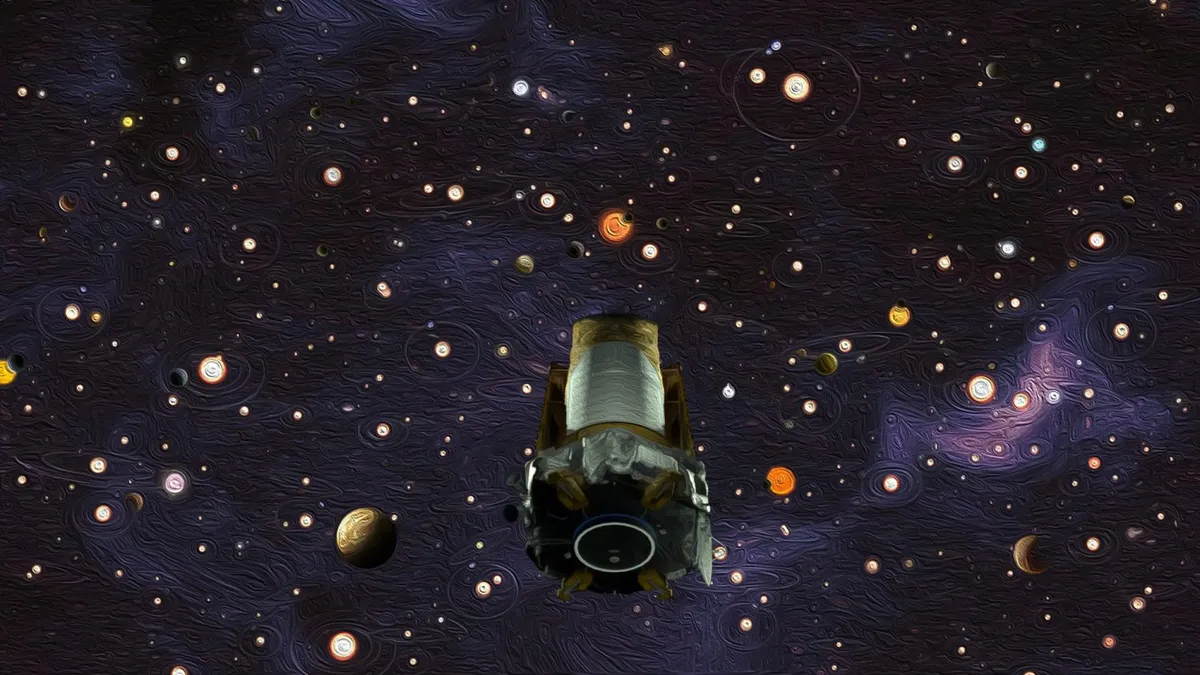
It was clear that if astronomers wanted to understand the process of planet formation, then these intermediate worlds would play a key part.
With no examples in our solar neighbourhood to study up close, astronomers turned their attention to this new class of world, transforming them into one of the hottest new topics in exoplanet research.
As the worlds were all larger than our own, they were initially referred to collectively as super-Earths, but as more were discovered it was clear that the planets fell into two distinct groups.
"Right around 1.5 times the radius of Earth, there’s a dip in the number of planets we find.
"There’s a big group of planets that are smaller than 1.5 Earth radii and then there’s another big group of planets that are bigger," explains Kempton.
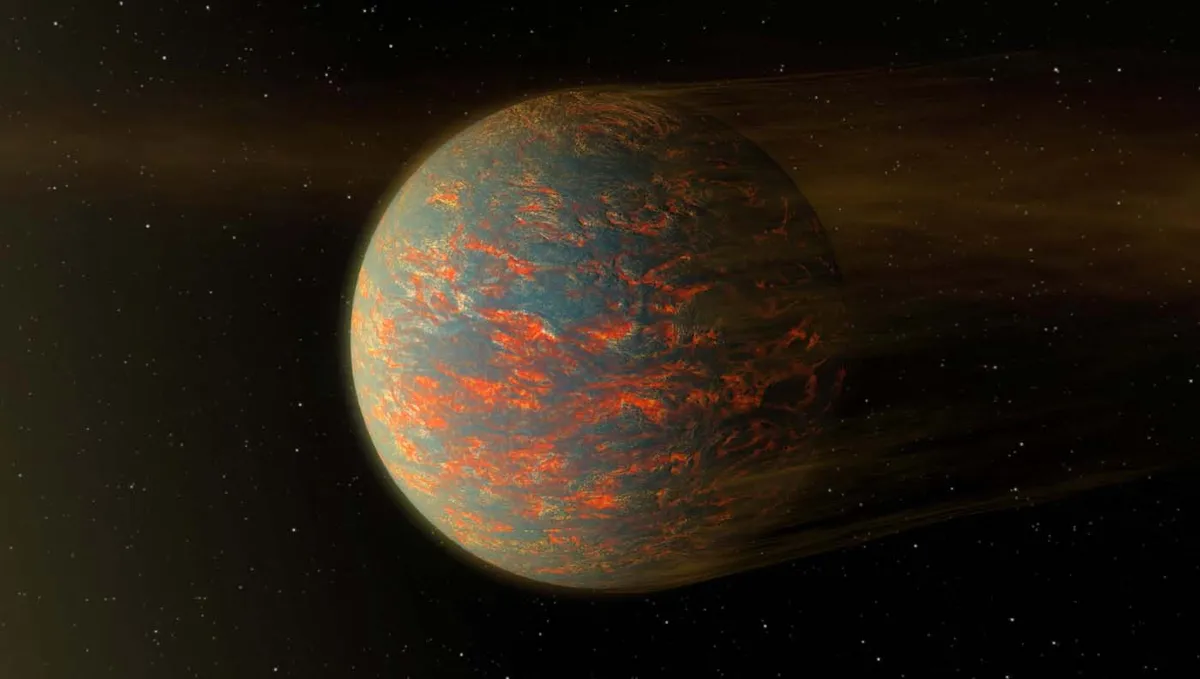
The reason for this separation becomes more apparent when you look at not just a planet’s radius but its mass.
This can be used to work out its density to gain some idea of what the planet is made of.
"The smaller set of planets are smaller because they’re denser, they’re made of material like rock and iron, so they are super-Earths," says Kempton.
"The larger set of planets are bigger because they have low-density helium atmospheres that are making them big and puffy."
Over recent years, this second population of larger planets has become known as mini-Neptunes or
sub-Neptunes.

Secret water worlds
While the density of many planets clearly points to either a gas giant or a terrestrial planet, there are several that lie in the middle. Here the distinctions aren’t so clear-cut.
A planet with a heavy rocky interior and light hydrogen atmosphere could have the exact same density as a planet made entirely of a mid-density material – water.
Could these piggy-in-the-middle planets actually be secret water worlds?
"They’d primarily be made up of water, or at least a large fraction, probably in the form of ices.
"Think about this as a compact ball of ice that maybe has a water steam atmosphere," says Kempton.
Their humid atmospheres could be the key to distinguishing between the two types of planets.
If astronomers detect a hydrogen-rich atmosphere, it points towards the presence of a gas giant, while one rich with water vapour would point towards a water world.
Studying exoplanet atmospheres

Until recently, trying to work out what was in an exoplanet’s atmosphere was almost impossible.
The analysis could only really be done on the largest of planets, only a narrow range of elements could be detected, and the results were tentative at best.
However, the James Webb Space Telescope (JWST) changed all that.
Its infrared eyes are sensitive enough to pick up the tiny signature left behind on the starlight when it travels through the atmosphere of a planet as it transits past its star.
But even with this incredible instrument to help, the observations are far from straightforward.
"We’re not totally clear that we’ve ever seen a water world," says Kempton, "but we have
some indications that maybe we have.
"One of the observations that I co-lead is of a planet called GJ 1214b. It’s a classic mini-Neptune. We found a lot of water vapour in its atmosphere and not a lot of hydrogen gas.
"But does that mean the planet is a water world? Or does that mean the planet formed more like Neptune, but lost a bunch of its hydrogen over the course of its lifetime?"
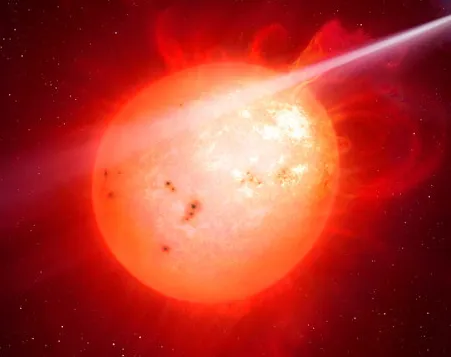
A hunt for atmospheres
Such a fate is more than likely for GJ 1214b as, like most of these intermediate planets, its host star is
a red dwarf.
"These stars are very active," says Kempton. "They flare a lot.
"That kind of environment can potentially strip a planet completely of its atmosphere. The effect is so intense that it could strip the smaller super-Earths of their atmospheres entirely.
"A key question is do the super-Earths we want to look at with the JWST have atmospheres at all?"
Investigating super-Earths
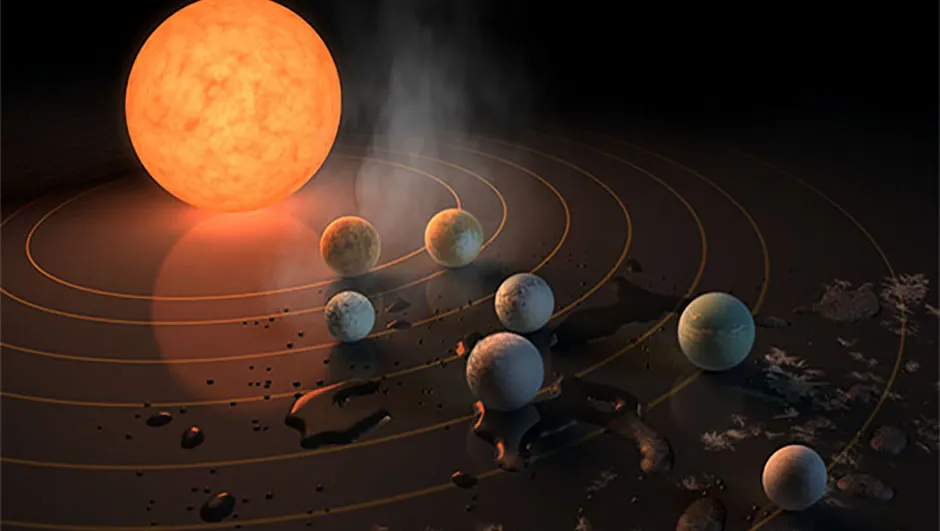
Currently only a handful of super-Earths have been investigated with the Webb Telescope.
The most conclusive evidence comes from the TRAPPIST-1 system, about 40 lightyears away, which is home to seven planets, two of which are super-Earths.
"The innermost planet appears to not have an atmosphere under any reasonable conclusions," Kempton explains.
"The next planet out is a little bit more tentative. The data is consistent with it not having a thick atmosphere, but there’s still a possibility.
"I would say that in the next year or so, we’ll have a lot more data from JWST for a lot of other super-Earths that are a little bit farther away from their host stars. Maybe those will turn out to have atmospheres."
It would certainly be helpful if at least some of these planets had atmospheres, as they play a vital role in the hunt for habitable worlds.
Both mini-Neptunes and super-Earths could offer a vital way to test our ability to examine these planets.
"It’s a little bit easier to start by characterising atmospheres of slightly bigger planets," notes Kempton.
"That might teach us something about how to then consider planets that are more Earth-sized and Earth-like."
The search for habitable planets

While none of the super-Earths discovered so far is likely to be a haven for life – the same flares that strip their atmosphere also bathe them in deadly radiation – it’s possible that similar worlds elsewhere could be.
It’s predicted that in the Milky Way alone there could be tens of billions of super-Earths where the climate is just right to allow liquid water to pool on the surface.
On Earth, where you find water you find life, and it’s the first resource astrobiologists look for on a potentially habitable planet.
This is why astronomers search for water beyond Earth.
Some simulations have also indicated that super-Earths could exhibit vigorous tectonic activity.
On our own planet, this process is vital to regulating our planet’s atmosphere and was a key factor in preventing a runaway greenhouse effect such as we see in Venus's atmosphere.
However, there have been some studies that suggest that increased gravity and internal pressures could actually prevent tectonic activity on super-Earths.
Proving which theory is right might take a while, as observing an exoplanet’s surface is even more challenging than detecting its atmosphere.
Webb is able to pick out temperature measurements, but these are so broad it’s only really possible to see the difference between the night and day side – at least for now.
32 years ago we didn’t even know these worlds existed. Now we’re able to predict what they could be made of and even delve into their atmospheres.
And we know more about these worlds with every passing year.
Since 2018, NASA’s Transiting Exoplanet Survey Satellite (TESS) has been uncovering an even more diverse range of alien worlds, with over 7,000 candidate planets so far discovered, at the time of writing.
Perhaps these will fill in the blanks of our knowledge, as we grow to understand more about these many and varied intriguing worlds.
This article appeared in the February 2024 issue of BBC Sky at Night Magazine

